Challenges facing the UK hospitality industry are well-documented, but businesses in many other sectors are having to tackle similar problems.
This may be a good time for Aberdeen to look inwardly and recognise what the city has on the hospitality front – in terms of both existing strong attributes and new opportunities.
It would be a mistake to consider the hospitality sector in Aberdeen in isolation. It is one vital part of the wider urban landscape.
Walking along Union Street, it is difficult to avoid flinching at the old BHS building, and the recent Union Street Gardens soft opening frankly couldn’t have been harder.”
Perhaps my own fantasy of converting the length of Union Street into a zonal creation of urban parkland, raised walkways, community areas, cafe terraces and upper-level residential properties is fated to remain a dream.
However, proposals linked to nearby developments, including Union Terrace Gardens and the revamped indoor market area, can kick-start a major rethink of what Aberdeen city centre means to residents, businesses and visitors.
Walking along Union Street, it is difficult to avoid flinching at the old BHS building, and the recent Union Terrace Gardens soft opening delay couldn’t have been harder.
Rather than complaining about these eyesores and disappointments, perhaps it would be better to recognise them for what they are – short-term but essential situations which can lead to a potentially more vibrant city centre.
As laid out in the Aberdeen City Centre Masterplan, there is a vision to integrate the city and its key attributes in a more cohesive and coherent manner.
There is a desire for the community and visitors alike to see the city in a new, appealing light, making it a place which encourages lingering, rather than simply a jaded thoroughfare to hurry through with your head down.
Any such lingering requires and encourages hospitality in its widest sense.
The ambitious masterplan is very much a longer-term vision, and still at a very early stage.
Any regeneration of urban space takes place gradually and to some degree sneaks up on people.
This is where I feel hospitality can play an important role in gradually changing the mindset and offering within the city, by growing alongside more fundamental, structural changes taking place.
Hospitality should not wait – rather it should find its place and drive change in its own way as the city centre changes alongside it.
Any city should aim to reach its potential by being both a vibrant, accessible place to live and work, while also appealing, in its facilities and atmosphere, to visitors.
This perfect scenario can obviously be difficult to reach and then sustain.
Recent projects appeal to greater range of visitors
The initial priority is to make sure visitors are attracted to the city – and then, of course, ensure a hospitable experience exceeding expectations.
Recent developments and ongoing improvements including P&J Live, the Art Gallery and Greyhope Bay are gradually expanding the city’s attributes and appealing to a greater range of visitors.
Gray’s School of Art’s creative unit, Look Again, is also bringing many exhibitions to its city-centre project space, enhancing the creative scene across the north-east.
And despite the understandable grumbling about the delayed Union Terrace Gardens project, this development right in the city centre can surely be a major draw to visitors.
The initial priority is to make sure visitors are attracted to the city – and then, of course, ensure a hospitable experience exceeding expectations.”
Don’t for a moment believe I am advocating wholesale gentrification and all the disruption such a process can create. Aberdeen city centre does not require this, nor should it seek it.
Tourists seek authenticity, but it would be a mistake to take this to mean only historical authenticity.
Every city has its own authenticity – its buildings, stories and people reflecting its past and present.
Developments in Aberdeen city centre – from Union Terrace Gardens through to quirky, independent cafes – should aim to appeal to both residents and visitors alike.
Covid circumstances over the past couple of years saw movement towards a cafe culture in areas such as Belmont Street and even on Union Street itself.
These outdoor hospitality offerings were often seen as a temporary best option, rather than an exciting new direction for the city centre. It was a missed opportunity.
Moves such as this and reopening lower Union Street to traffic, while recognising the valid arguments against such a transformational step, present the biggest stumbling block to Aberdeen city centre reaching its potential – no matter how appealing areas such as Union Terrace Gardens or the revamped indoor market end up being.
We underestimate just how good our city centre food and drink offering is, and how much it can appeal to visitors.”
I have heard views it would be difficult to develop a more expansive food and drink “scene” in the city centre, as we lack a defined zone which can act as a magnet to people.
I would suggest this isn’t much of a hindrance and can actually be beneficial, as it lends itself to walking and exploring in a relatively condensed area, while offering a variety of options – which is what visitors to any city seek.
On a recent afternoon I enjoyed a coffee in Books and Beans on Belmont Street, took a stroll through Shiprow Village and finished with a drink on my first visit to the excellent Faffless on Netherkirkgate.
And that’s without mentioning all the craft beer pubs at the lower end of Union Street, and the more established bars and cafes dotted around Belmont Street and surrounding areas.
We underestimate just how good our city centre food and drink offering is, and how much it can appeal to visitors.
But there is no doubt improvements can be made. Castlegate continues to be a frustration and a ripe opportunity to be a centrepiece of the city.
And it would be great to see even more cultural ambition to build on the success of the always-impressive Nuart Festival.
Aberdeen as a city can be so appealing and hospitable to visitors and residents, however, it is paramount the city is self-confident and positive enough to take the next brave steps.
Craig Leith is senior lecturer in hospitality, tourism and events at Robert Gordon University.
Read More: Moray family took plunge into hospitality amid pandemic
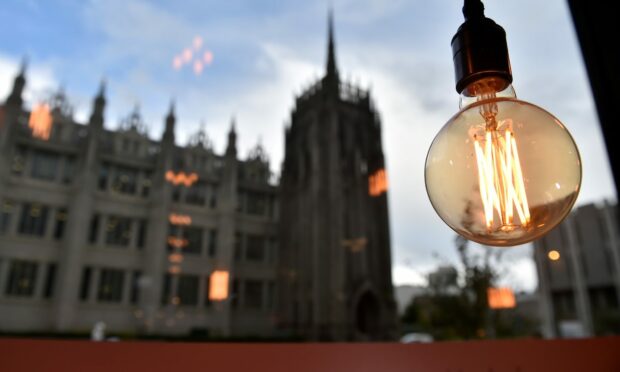

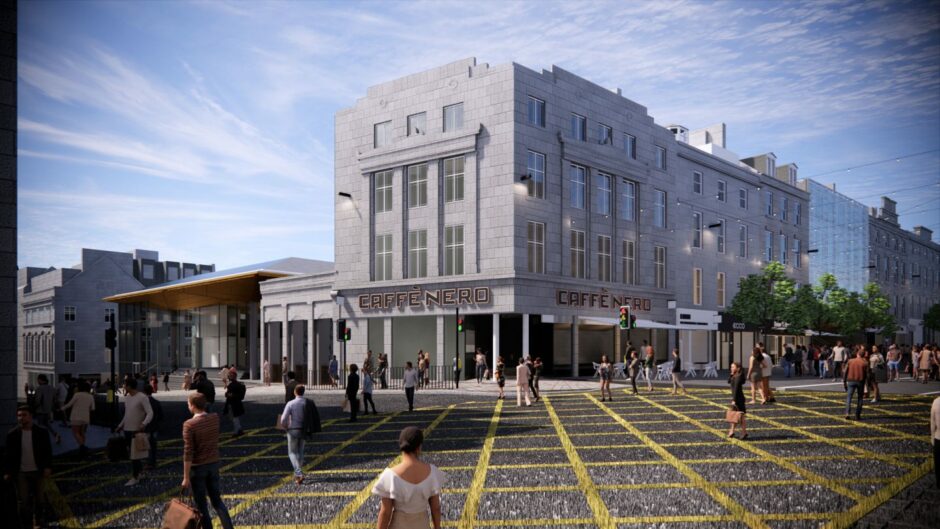
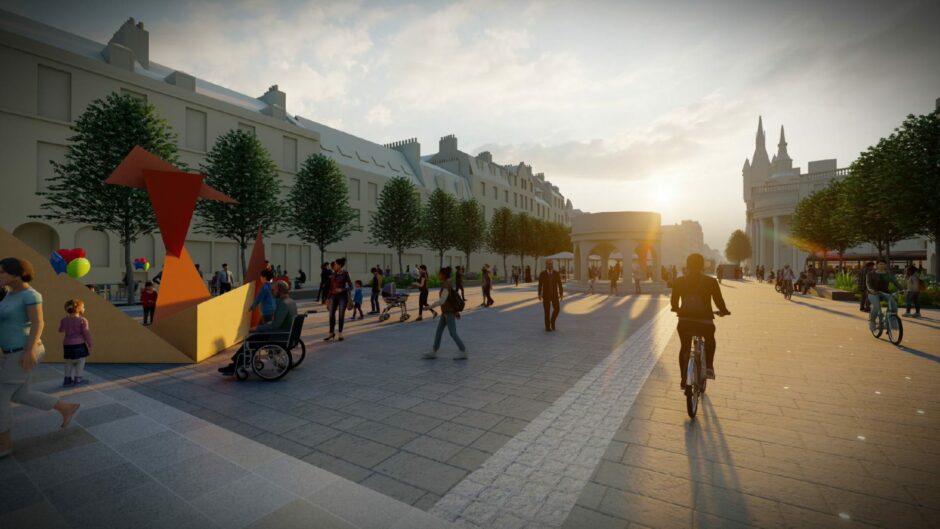
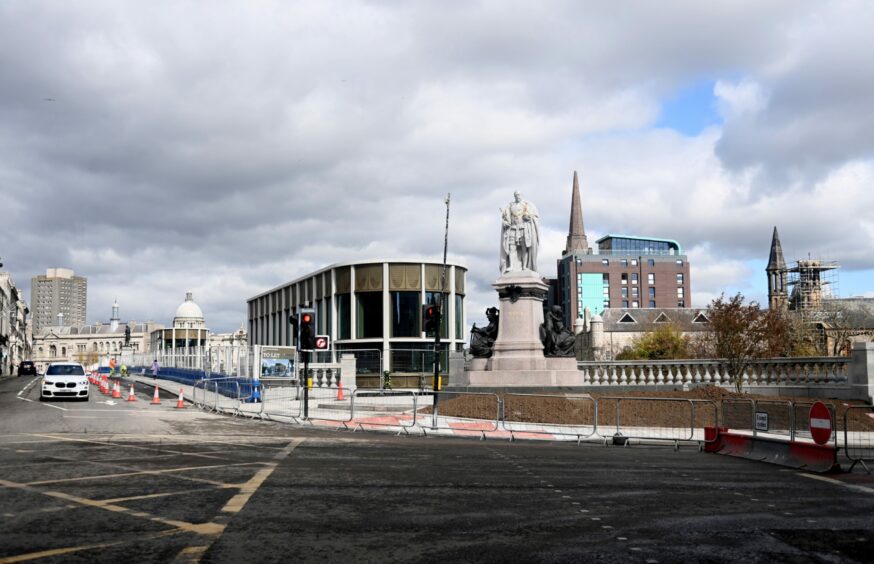
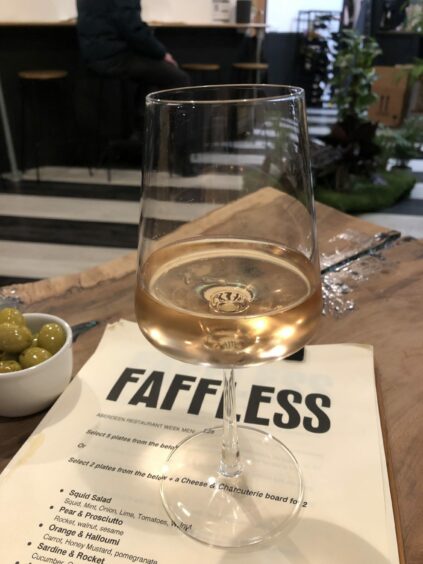
Conversation